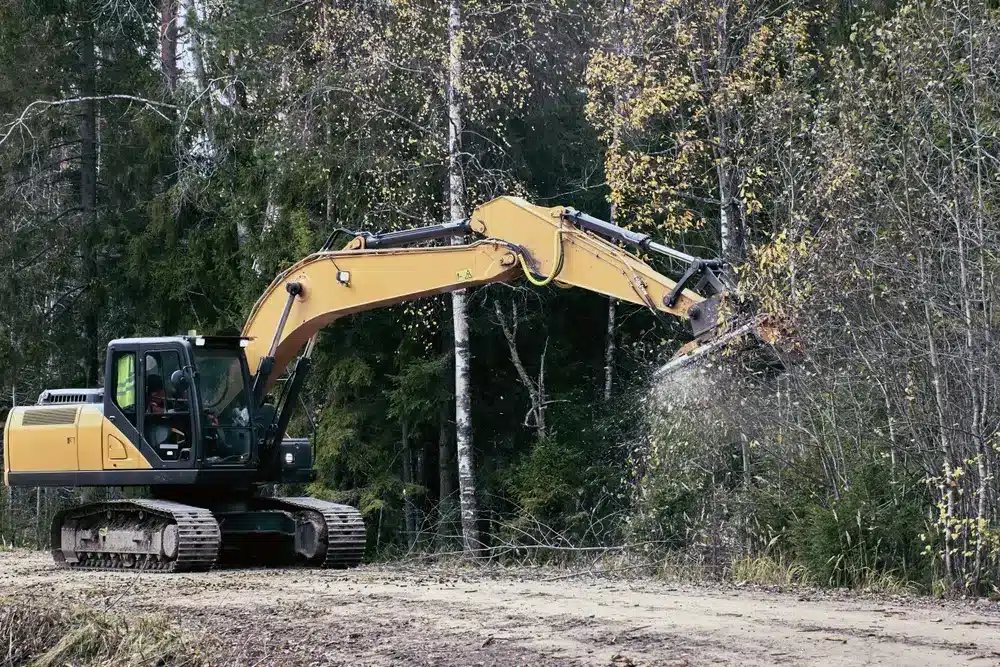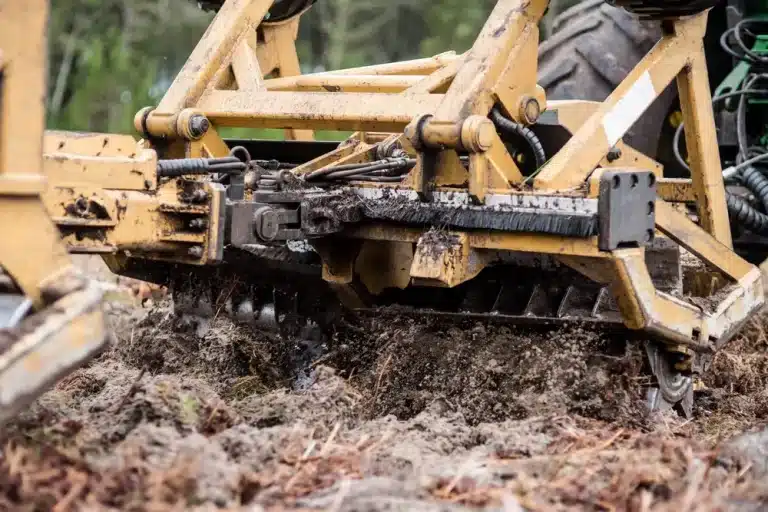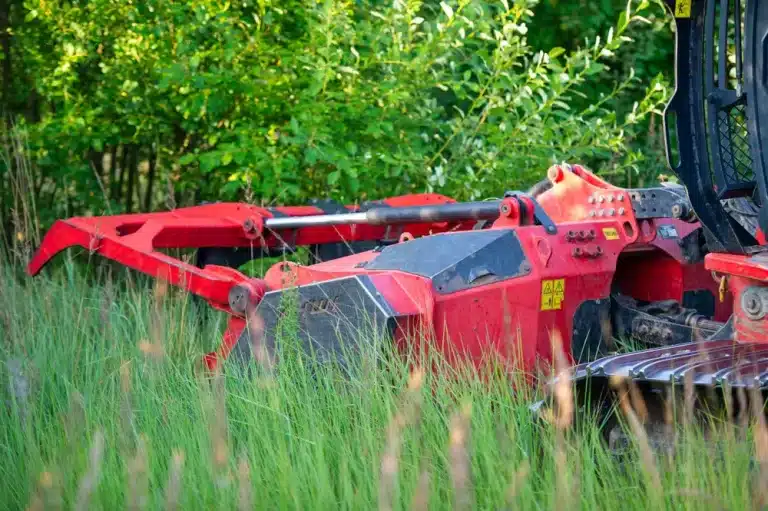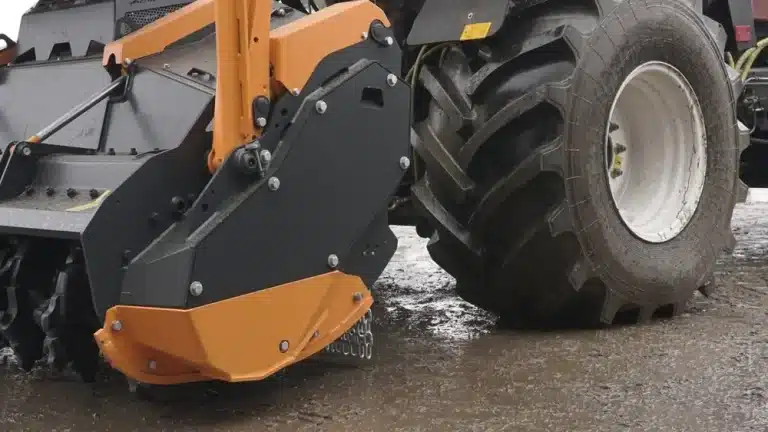Did you know improper maintenance is the number one reason forest mulchers break down early across Occitanie? With tough clay soils, dense hardwoods, and a Mediterranean climate near Toulouse, your machine needs extra care. This guide gives you expert, locally tailored tips to keep your mulcher running smoothly and save you time, money, and stress.
What proper maintenance looks like
Good maintenance isn’t reactive it’s proactive. It means following a regular schedule to prevent breakdowns before they happen.
| Maintenance Task | Importance Level |
| Follow manufacturer schedule | Very High |
| Use correct tools/products | High |
| Keep full maintenance records | High |
| Clean before storing | High |
| Grease moving parts (8h) | High |
| Inspect/clean air filter | Medium |
| Replace worn parts | High |
| Store in dry, covered place | Medium |
| Oil change (25h/yearly) | High |
| Pre/post-use inspection | Very High |
Routine checks catch small issues early. Use only recommended oils, greases, and tools. Keep logs of all maintenance. Clean the machine before storage, grease it every 8 hours of use, and replace worn parts immediately. Keep it under cover. Change oil on time and always inspect before and after use.
Why maintenance should be a priority
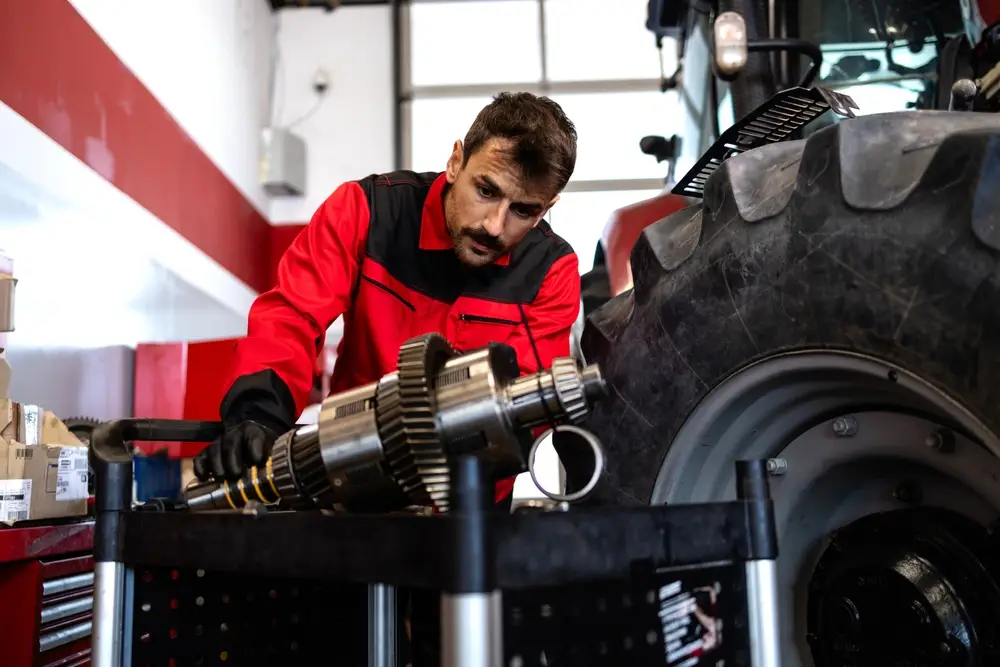
Small issues become big problems fast. A minor oil leak or loose bolt can cause catastrophic failure. Regular upkeep:
- Prevents job-stopping breakdowns
- Ensures safety systems (like emergency stops) work
- Keeps blades sharp and cutting efficiently
- Improves engine fuel efficiency
- Extends machine lifespan and resale value
A well-maintained machine not only performs better, it sells for more and is safer to operate on site.
Benefits of a well-maintained forestry mulcher
Proper maintenance has tangible advantages:
- Less downtime: Catch problems early, avoid field interruptions
- Lower fuel use: Clean filters and greased parts reduce resistance
- Fewer costly repairs: Replace small parts before failure damages more
- Better cutting performance: Sharp blades = cleaner cuts, faster progress
- Environmental compliance: Fewer leaks, cleaner exhaust, safer disposal of fluids
Maintaining your mulcher pays off in efficiency, productivity, and sustainability.
Types of maintenance and how to do them
There are three main types of mulcher maintenance:
- Preventive – Regular cleaning, greasing, checking for wear
- Predictive – Noticing warning signs before failure (noises, vibration, heat)
- Corrective – Fixing actual breakdowns
Sample Weekly Routine:
- Daily: Clean machine, grease moving parts, inspect for wear
- Weekly: Check belts, hoses, and fluid levels
- Seasonal: Full machine inspection and pre-storage prep
Assign daily/weekly tasks to operators, and leave seasonal checks to experienced techs or certified service providers.
Best practices for long-term reliability
These habits make the difference between a mulcher that breaks early and one that lasts years:
- Clean after every use
- Sharpen or replace blades before they get dull
- Inspect belts, chains, bolts for wear or slack
- Use only the manufacturer’s approved oils and parts
- Store in a dry, sheltered space
- Educate your team on proper maintenance and problem detection
Following these steps helps you stay ahead of problems and protect your investment.
Mistakes that damage your mulcher
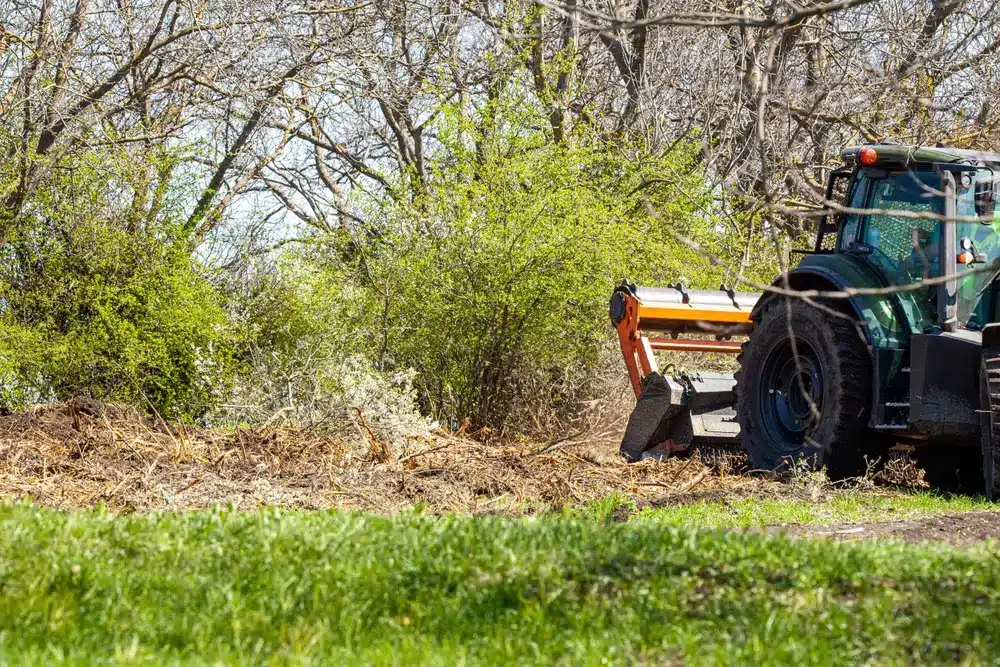
Avoid these costly maintenance errors:
- Skipping inspections or spacing them too far apart
- Ignoring strange sounds or dashboard warnings
- Using generic or wrong-sized tools and parts
- Letting fuel, oil, or hydraulic fluid run low
- Storing the machine outside in harsh weather
- Parking on uneven or wet ground for long periods
- Sharpening blades too late
- Forgetting to clean filters, fans, and radiators
- Failing to read the manual or follow service intervals
Even small oversights like loose bolts can trigger serious damage. Always stop and check at the first sign of trouble.
How to know your maintenance is working
Track performance to evaluate whether your maintenance system is delivering results:
| Metric | What to Track |
| Repair frequency | Number of issues per season/month |
| Cost tracking | Parts, labor, downtime cost |
| Cutting performance | Quality of cuts, uniformity, power |
| Operator feedback | Ease of use, alerts spotted early |
| Productivity | Acres cleared per day/week |
| Team goals | Preventive work vs. reactive repairs |
Review logs and hold monthly check-ins with your team to adjust plans, improve weak spots, and celebrate what’s working.
